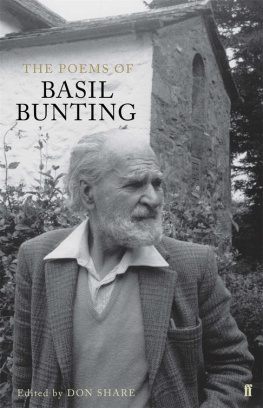Erin Bunting - The Edible Flower
Here you can read online Erin Bunting - The Edible Flower full text of the book (entire story) in english for free. Download pdf and epub, get meaning, cover and reviews about this ebook. year: 2023, publisher: Laurence King Publishing, genre: Home and family. Description of the work, (preface) as well as reviews are available. Best literature library LitArk.com created for fans of good reading and offers a wide selection of genres:
Romance novel
Science fiction
Adventure
Detective
Science
History
Home and family
Prose
Art
Politics
Computer
Non-fiction
Religion
Business
Children
Humor
Choose a favorite category and find really read worthwhile books. Enjoy immersion in the world of imagination, feel the emotions of the characters or learn something new for yourself, make an fascinating discovery.
- Book:The Edible Flower
- Author:
- Publisher:Laurence King Publishing
- Genre:
- Year:2023
- Rating:4 / 5
- Favourites:Add to favourites
- Your mark:
- 80
- 1
- 2
- 3
- 4
- 5
The Edible Flower: summary, description and annotation
We offer to read an annotation, description, summary or preface (depends on what the author of the book "The Edible Flower" wrote himself). If you haven't found the necessary information about the book — write in the comments, we will try to find it.
The Edible Flower — read online for free the complete book (whole text) full work
Below is the text of the book, divided by pages. System saving the place of the last page read, allows you to conveniently read the book "The Edible Flower" online for free, without having to search again every time where you left off. Put a bookmark, and you can go to the page where you finished reading at any time.
Font size:
Interval:
Bookmark:




One evening in late March 2016 we were having a going-away party in the Skip Garden in Kings Cross, London. It was a freezing evening, but it was magical, huddling around the fire pit, drinking beer, eating pizzas from the wood-fired oven in an urban garden rooted in the seasons and the community. We were both secretly hoping we could create a little slice of that magic and ethos in our new lives.
In a couple of days time wed vacate our terraced house in east London, pack our two ginger cats into the car and drive to Northern Ireland to start a new life. We had almost no idea what we were doing, but we had a vague notion that we wanted to live in the countryside and start a business that involved cooking and growing food. A lot happened in the six months after we left London. We started a supper club and catering company; our first catering job was cooking all the meals for fifty bluegrass musicians for three days in the dungeon-like basement of a private boarding school. It was a baptism of fire!
Jo started an organic vegetable growing course and volunteered with a local organic market gardener. We hosted half a dozen supper clubs and found an audience for our events. We bought a farmhouse and smallholding in the drumlins (hump-backed hills) of County Down, moved in and promptly turned over the whole lawn to a huge kitchen garden. And we are still here, cooking for others, hosting supper clubs, teaching people to cook, grow and brew beer, making pizza in our own wood-fired pizza oven and growing vegetables, salads and edible flowers for ourselves, our events and to sell to others.
Our business is all about our passion for good food. We make food by hand, from scratch and with love. We serve it with merriment and often with home-brewed beer. Our business connects us and our clients to the earth (the worms, the planet and the seasons) and we aim to consistently produce delicious, inspiring, surprising and beautiful food. We called ourselves The Edible Flower because for us, growing, cooking with and eating edible flowers summed up the ethos of our business.
It is our aim to share that joy through this book. It is a guide to the edible flowers we grow and cook with most often, the ones weve found to be the tastiest and the most useful, and the ones we can grow easily in a temperate climate. It is not a compendium of all edible flowers everywhere, but instead a helpful guide to help you create your own edible flower garden and then enjoy eating it.
As with many small businesses, we both do a bit of everything, but its primarily Jos job to grow produce and Erins to make it delicious. And that is how weve approached this book Jo has written the gardening sections and its Erins voice in the recipes.
Edible Flowers
We grow edible flowers primarily because they bring us great joy. They are beautiful in the garden, and beautiful when we use them in food. They bring pollinating insects into our garden in great numbers. We dont get many calories from edible flowers, but we get some unique flavours and a big helping of happiness; there is something truly magical about growing food from scratch and then eating it.
The food we cook at The Edible Flower is rooted in rustic home cooking; flavour, seasonality and stories are important to us, as well as generosity and beauty. Our food isnt fine dining and it definitely isnt about one perfectly placed flower petal in a fancy restaurant. Although Erin is a keen baker and uses lots of flowers in her bakes, as you will see we dont primarily think of edible flowers as a pretty garnish for cakes. Fine dining and cake decorating are where people most often encounter edible flowers, but sometimes they can just feel like a decorative add-on. We want to show you that they can bring unique flavour, beauty, seasonality and an opportunity to slow down and literally smell the roses.
Flavour Many edible flowers have delicious and interesting flavours that you wont encounter anywhere else. Sometimes that flavour is announced by their smell (think of lavender, roses or chamomile), but sometimes it is more surprising. Nasturtiums smell of roses and honey but are full of peppery punch; magnolias sweet, citrus smell belies its strong, spicy, gingery flavour. Think of using edible flowers for their flavour the way you might use fresh herbs: sprinkle spicy calendula petals over your salad instead of basil; use mild, cooling borage flowers instead of mint; or substitute bright, menthol lavender for rosemary in marinades or when roasting meat or vegetables. As with herbs, spices and other aromatics, you can preserve the flavour of edible flowers by drying them or by making cordials and syrups, floral sugars and vinegars to use all year round.
Beauty We think flowers are beautiful, so why not use that beauty to make your food look glorious? A handful of edible flower petals tossed through a green salad transforms it from everyday to special, while delicate violas used to top gingerbread biscuits make them into a splendid gift.
Seasonality We live in rural Northern Ireland, in the northwestern United Kingdom. It is not the most hospitable of climates for growing flowers, so if we can grow something, you probably can too. We have long, dark winters, and at midwinter we have only six or seven good daylight hours. Our edible flowers are seasonal, and we dont currently grow in polytunnels or under heat lamps, although we will overwinter a few flowers in our greenhouses to extend the season a little. For us, cooking with edible flowers is a way of marking the changing of the seasons, of signifying that this food is from this place at this very moment. The delicate violas and primroses of late winter are joined by calendula, borage and tulips in mid-spring. As we tip towards the summer solstice the hedgerows are full of elderflower and hawthorn and the garden has jaunty cornflowers, chamomile, dill and wispy coriander. Once all danger of late frost has passed, we can look forward to the summer bounty of nasturtiums, marigolds, dahlias, courgette (zucchini) flowers and more. As the season winds down, we hope the frosts dont come too soon so that we can enjoy our tender edible flowers late into the year. The icy morning when we find that all the nasturtiums have turned to mush always marks the time to start using the stores of floral treats we have preserved over the kinder months. We hunker down with the fire lit and wait for the cycle to begin again.

Slowness Growing from scratch, picking and processing edible flowers for cooking and eating isnt the quickest process in the world. It requires thought and care. And this is one of the reasons we love it. We are both doers; we have to-do lists as long as our arms and are always trying to be faster and more efficient. But when you want to harvest or cook with edible flowers, you must slow down. It takes delicacy to harvest them and time to process them; it forces you to relax a little, to lose yourself in the meditative task of plucking the petals from a pile of cornflower heads. It connects you to the earth and the seasons. And serving your guests with a dish containing the thousands of cornflower petals you picked so carefully shows all the love, care and attention you put into preparing that dish for them.
Font size:
Interval:
Bookmark:
Similar books «The Edible Flower»
Look at similar books to The Edible Flower. We have selected literature similar in name and meaning in the hope of providing readers with more options to find new, interesting, not yet read works.
Discussion, reviews of the book The Edible Flower and just readers' own opinions. Leave your comments, write what you think about the work, its meaning or the main characters. Specify what exactly you liked and what you didn't like, and why you think so.



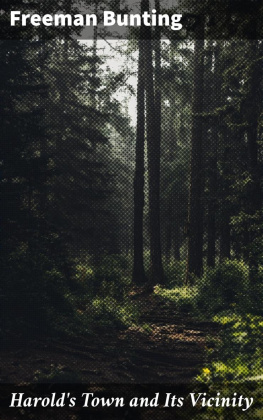
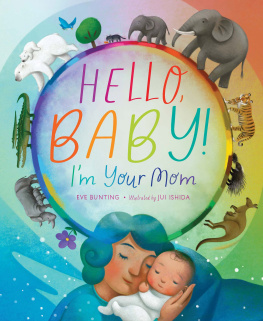


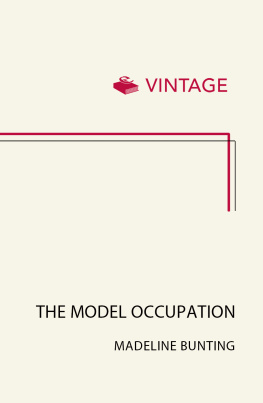

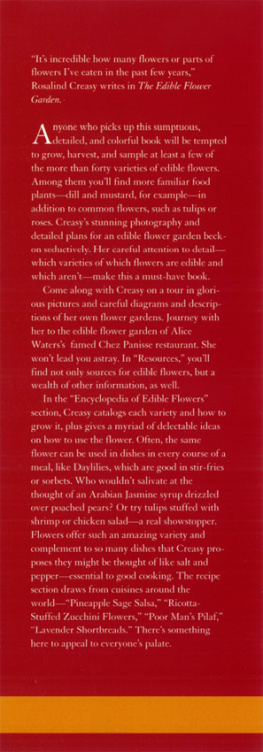
![Madeleine Bunting [Madeleine Bunting ] - Willing Slaves](/uploads/posts/book/142225/thumbs/madeleine-bunting-madeleine-bunting-willing.jpg)
